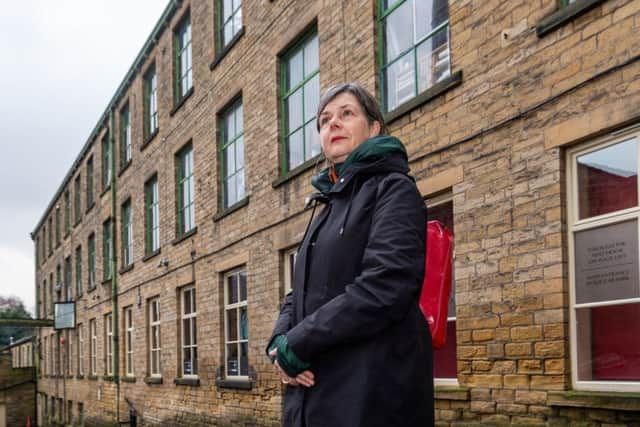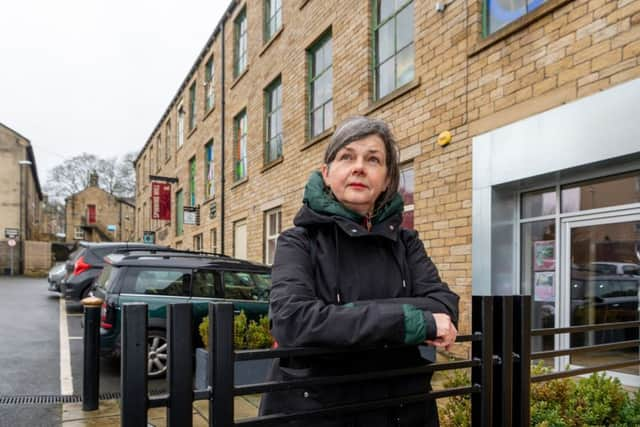In Hogarth’s footsteps, meet the artist whose job is to capture the election on a single work


Parliament’s official election artist for the current campaign had covered as many miles as the Prime Minister. Wales and the Highlands of Scotland were already behind her as she stepped off the train from London. Tomorrow she will get on a boat to Northern Ireland.
In perhaps the most divisive and least predictable poll of modern times, it is her job to encapsulate it in a single work of art.
Advertisement
Hide AdAdvertisement
Hide AdShe had not begun to imagine what it would look like, she said.


“There are no rules. Political neutrality and regional balance are my only two requirements.”
Ms Hirst, whose work has been seen at the Imperial War Museum, the Royal Academy of Arts and the Yorkshire Sculpture Park, has spent four weeks gathering “research” which she will spread out in her studio after the polls close on Thursday.
She had found herself more drawn than usual to politics even before her commission, she said.
Advertisement
Hide AdAdvertisement
Hide Ad“I see myself as the outsider – the artist looking in. I’ve approached it by visiting lots of marginal seats, rather than going on party buses and getting in the thick of it.”
What she had most noticed, besides the endless debate about Brexit, was homelessness, transport and the weather.
“I’m going everywhere by public transport – it’s a rule I made for myself – and I never realised how much those things affect people’s mood,” she said.
Interpreting it all was a matter of “knowing what’s happening now, what happened before and what might happen, and then picking up all the threads”.
Advertisement
Hide AdAdvertisement
Hide AdShe has been taking photos as she goes, and posting them to the web. But she doesn’t know if the finished work, for which she will have the benefit of hindsight, will be photographic.
“There are certain obvious constraints,” she said. “It has to be something that can be housed within the parliamentary buildings, so I can’t propose a swimming pool full of something.
“But I’ve used many different media. I do everything except paint, so it’s all up for grabs.”.
There have been official artists – on actual battlefields as well as political ones – for centuries, but the current process of appointing someone to document the proceedings dates back only to 2011. At the 2017 election, the Cheshire artist Cornelia Parker represented the loss of overall majority with a video of newspapers blowing across the green benches.
Advertisement
Hide AdAdvertisement
Hide AdMs Hirst, who grew up in Leeds and whose mother and sister still live in the city, had no prior knowledge that the present contest was imminent, having been appointed only after Boris Johnson announced it to the House. Nor did she have a sense of which way the country would swing on Thursday.
“I find it hard to articulate an overall sense,” she said. “It’s really hard to make generalisations about what this election is about. What I am coming across is lots of individual stories.
“I want to be as honest and transparent as possible about what I see. I’m often more interested in questions than in answers and I see my role as an artist to point at things and further examine processes.”
Besides its current and recent commissions, the Parliamentary Art Collection takes in work by satirists and diarists of earlier eras, including James Gillray, David Low and William Hogarth – whose depiction of the corrupt 1754 campaign in Oxfordshire makes today’s disagreements seem gentlemanly.
The curator, Melissa Hamnett, said elections were “vital moments in the political history of the nation, and have been the subject of paintings since the 18th century.”